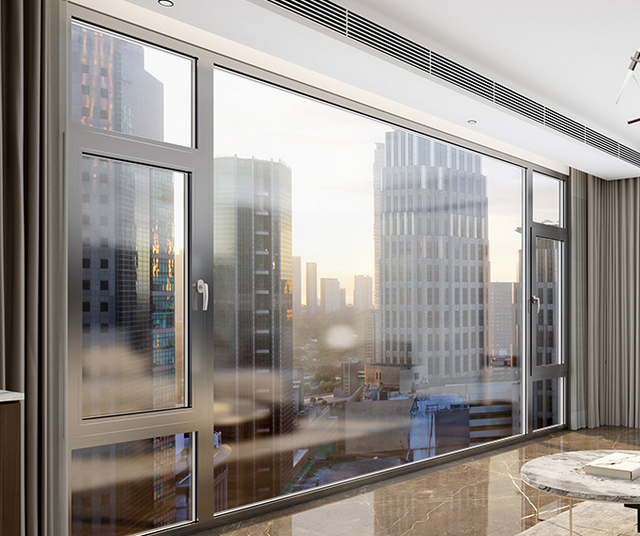How to Choose the Thickness of Aluminum Doors and Windows?

Choosing the appropriate thickness for aluminum doors and windows depends on several factors, including structural requirements, insulation needs, aesthetic preferences, and budget considerations. Here are some factors to consider when selecting the thickness of aluminum doors and windows:
Building Codes and Standards:
Check local building codes and standards to determine the minimum requirements for door and window thickness in your area. Compliance with these regulations is essential to ensure structural integrity and safety.
Location and Climate:
Consider the climate conditions of the location where the doors and windows will be installed. In regions with extreme weather conditions, such as high winds or heavy rain, thicker aluminum profiles may be necessary to provide sufficient strength and durability.
Size of the Opening:
The size of the door or window opening will also influence the choice of thickness. Larger openings may require thicker profiles to support the weight of the glass and withstand wind loads without sagging or warping.
Insulation Requirements:
Thicker aluminum profiles can provide better thermal insulation and energy efficiency by reducing heat transfer through the doors and windows. If energy efficiency is a priority, consider choosing thicker profiles or adding thermal breaks to minimize heat loss.
Sound Insulation:
Thicker aluminum profiles may also offer better sound insulation properties, reducing noise transmission from the outside environment. If noise reduction is important, opt for thicker profiles or consider additional soundproofing measures.
Aesthetic Considerations:
The thickness of aluminum profiles can affect the appearance and style of doors and windows. Thicker profiles may have a more substantial and modern look, while thinner profiles can provide a sleeker and more minimalist aesthetic. Choose a thickness that complements the architectural style and design preferences of the building.
Budget Constraints:
Thicker aluminum profiles typically come at a higher cost than thinner ones due to the additional material and manufacturing processes involved. Consider your budget constraints and weigh the benefits of thicker profiles against the additional cost.
In summary, when choosing the thickness of aluminum doors and windows, it's essential to consider structural requirements, insulation needs, climate conditions, aesthetic preferences, and budget constraints to ensure that you select the most suitable option for your specific application. Consulting with a knowledgeable supplier or contractor can also provide valuable guidance in making an informed decision.


